It may be tentative, but tires do have an expiration date. There is a general consensus that most tires should be inspected, if not replaced, at about six years and should be absolutely be swapped out after 10 years, regardless of how much tread they have left. How do you know how old your tires are? There’s a code on the sidewall that you can read about here. Wear is a far more straightforward consideration: Tiremakers and safety advocates say a tire is worn out when its tread depth reaches 2/32 of an inch. That’s all fine, but what most car owners want to know is how long to expect a set of new tires to last before they need to be replaced.
“I wish it were simple to say how long each tire might last, but tires are different,” said Dan Zielinski, a spokesman for the U.S. Tire Manufacturers Association (USTMA). “Some tire manufacturers offer a warranty as high as 80,000 miles or more, reflecting confidence in that particular product’s longevity based on its engineering, technology, and design.
Other tires may be built to provide 30,000 miles of service.” Or less; some high-performance tires on cars driven aggressively will be worn to the 2/32-inch point without ever seeing 15,000 miles, but those are extreme cases.
The average American drives between 14,000 and 15,000 miles a year, according to data from the Federal Highway Administration. Zielinski said that, if you’re kind to your tires—that is, you aren’t constantly peeling out at stoplights and you properly maintain them—most new tires on the market today will last about 60,000 miles. For what it’s worth, the USTMA did a review of several thousand recently scrapped tires and found that most were three to four years old. There was no way of telling how many miles were on those tires, but it’s easy enough to multiply four years by 15,000 miles annually to confirm the rough approximation of tire durability.
If you want to figure out how soon you’ll wear out the tires on your car, Zielinski said it would be a good idea to start by determining how many miles you drive each year. Divide the number of miles on the odometer by how many years you’ve owned the car (starting, obviously, from when you first got the car and accounting for any mileage it had on it at that time). Then you can compare that with any advertised warranty on the make and model of the tires and figure out how many years of service to expect. If you live where winter tires are advisable and swap those onto the car for some months of the year, your regular tires will get less use and will endure for a longer period of time, but remember the caveats about tire age.
Zielinski also noted that if you hit the wear bars at 50,000 miles on a set of tires with a 60,000-mile warranty, for example, tiremakers that offer such coverage will typically prorate the price of a new set. In this example, you could expect a discount on the new set equal to one-sixth their price, or about 17 percent. You might not get it, though, if you decide to change brands.
You might not get it, though, if you decide to change brands.
Kypros/Getty Images
In general, the best way to preserve the life of your tires, and keep yourself and your passengers safe, is to maintain them properly. Here are some tire basics and maintenance tips:
Tread
A tire is considered unsafe, and should be changed, once its tread is worn down to 2/32 of an inch, according to the National Highway Traffic Safety Administration (NHTSA). Many tires have tread-wear indicators, which are little bars in the tread that show when the tire is worn down to replacement level. These will start making noise to alert the driver that they need attention. You can also use a penny: NHTSA recommends putting the penny in the tread with Abraham Lincoln’s head upside down and facing toward you. If you can see the top of Abe’s head, it’s time for new tires.
Pressure
To ensure even wear, tiremakers and auto companies recommend that vehicle owners check their tire pressures monthly. The pressure should be at the vehicle manufacturer’s recommended level, which is usually found in the car or truck’s doorjamb or in the owner’s manual. One quick and easy way to check tire pressure is with a handheld tire-pressure gauge, which you can find starting around $10 at an auto-parts store. Tire shops will often check the pressure for you. Some gas stations have digital readouts as part of their air pumps; these are not always accurate, though. It’s best to check the pressures when the tires are cold, meaning that they have not been driven on for several hours. So you’re better off checking them at home after the car has been parked overnight.
The pressure should be at the vehicle manufacturer’s recommended level, which is usually found in the car or truck’s doorjamb or in the owner’s manual. One quick and easy way to check tire pressure is with a handheld tire-pressure gauge, which you can find starting around $10 at an auto-parts store. Tire shops will often check the pressure for you. Some gas stations have digital readouts as part of their air pumps; these are not always accurate, though. It’s best to check the pressures when the tires are cold, meaning that they have not been driven on for several hours. So you’re better off checking them at home after the car has been parked overnight.
Balance and Alignment
Tires need to be round, and the tire/wheel combination needs to be balanced. Tire shops and mechanics will use a balance machine, which spins the wheel to see where high and low spots are and detects any imbalance. The tire shop will then add weights, which are hammered onto the wheel, to balance them. These shops can also make make sure your wheels are aligned to keep the car tracking straight, which also reduces tire wear.
These shops can also make make sure your wheels are aligned to keep the car tracking straight, which also reduces tire wear.
Rotation
Rotating your tires can help prolong their lives. For front-wheel-drive vehicles, the tires in the front will wear more quickly and can be swapped with the rear ones. The inverse is true for rear-wheel-drive cars and trucks. All-wheel-drive models, too, may need rotation. Most owner’s manuals contain a recommended pattern for rotating tires to spread the wear evenly. The USTMA recommends tires be rotated every 5000 to 8000 miles.
This content is imported from OpenWeb. You may be able to find the same content in another format, or you may be able to find more information, at their web site.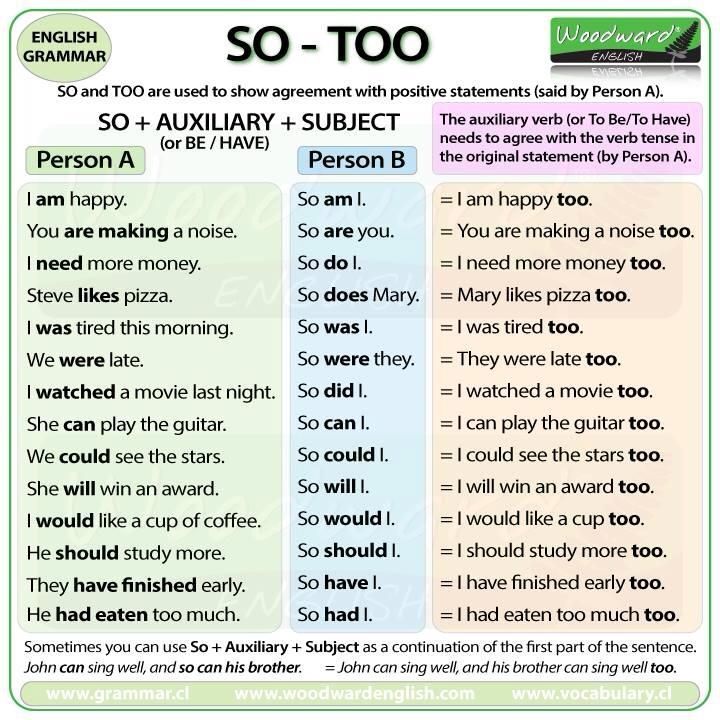
We all know old tires are dangerous, but how do you actually know when it’s time to replace them? Here are five signs it’s time to buy new tires.
Tires may seem to have a simple purpose, but everyone drives differently.
Some need adventure in their drive, and some just need to get to work each day. The one true similarity is that aging tires can affect your ability to do the kind of driving you prefer. The older the tires, the less performance you’ll get, the less comfortable you’ll feel, and the less safe you’ll be.
In order to keep you safe and your car running as efficiently and comfortably as possible, here are some of the most important signs to look for in aging tires. Many of them are simple observations that require the occasional check.
Tread WearIt is no surprise that bald tires pose a significant risk and hamper performance. While you would surely notice your tires being completely bald, it is good to make the switch before things reach that point.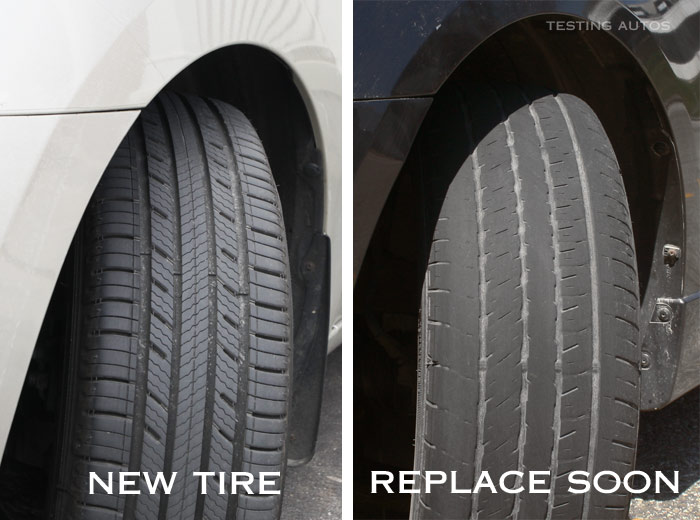 To gauge where your tread is at, try the commonly used penny test or quarter test, which we’ve previously broken down when discussing used tires.
To gauge where your tread is at, try the commonly used penny test or quarter test, which we’ve previously broken down when discussing used tires.
If a penny — or a quarter to be even safer — is placed head down in the tread rows and you can still see the president’s head fully, the tire is too worn. That means replacements might be just around the corner.
Cracks or BulgesThese could be the result of a number of issues. For example, tires that aren’t specifically designed for winter can stiffen in cold temperatures. Over time and through several winter seasons, that might result in some cracks in the sidewall. Bulges may also occur when air gets between the lining of the tire and the outer rubber. Though not necessarily an everyday occurrence, this could happen after hitting a curb or a pothole.
Be sure to check the sidewalls of your tires, especially when they are older. You have at least a passing idea of what the tire should look like, and if you notice cracks or bulges, it could signify real issues on the horizon.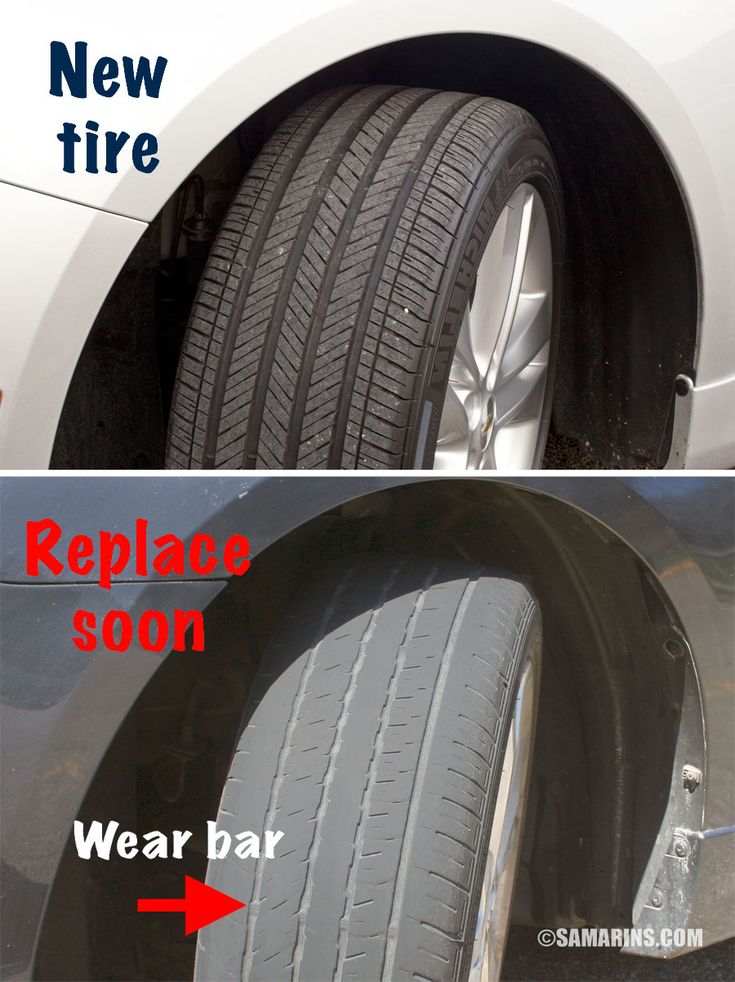
While having low tire pressure is fairly common, especially in the winter months when temperatures drop, it could be a sign of a puncture or worse if you are frequently noticing the issue. While a puncture could be a simple issue with a relatively easy fix, prolonged driving on an underinflated tire could result in uneven wear. As mentioned above, that can result in a shorter lifespan for the tire.
Discomfort and VibrationsNot every vibration is created equal. While there are certainly times you may feel a rough ride (on poorly paved roads, for instance), drivers can often feel when something is truly off. That doesn’t necessarily mean it is the tire. There could be an alignment issue or a problem with the suspension. However, major vibrations may be due to damaged tires. Either way, be sure to have your vehicle and tires checked immediately if you feel such an uncomfortable ride.
General Age of the TiresFor the most part, new tires are expected to last at least three to four years. Of course, all tires are made differently. However, it is a good idea to remind yourself to do regular checks for any issues stated above if you are beyond that mark. Tires generally come with a treadwear warranty, which is often a good indicator of their expected lifespan for miles driven. Knowing when to replace tires can be a tricky call. Overall, though, the key is staying proactive. It is far better to replace aging tires a little too early than run the risk of driving on them for a prolonged period. Rather than driving on questionable tires to get to the auto shop, call the mobile tire professionals at Tread Connection to meet you at your home and help with your decision on replacements.
Of course, all tires are made differently. However, it is a good idea to remind yourself to do regular checks for any issues stated above if you are beyond that mark. Tires generally come with a treadwear warranty, which is often a good indicator of their expected lifespan for miles driven. Knowing when to replace tires can be a tricky call. Overall, though, the key is staying proactive. It is far better to replace aging tires a little too early than run the risk of driving on them for a prolonged period. Rather than driving on questionable tires to get to the auto shop, call the mobile tire professionals at Tread Connection to meet you at your home and help with your decision on replacements.
Related materials
7 rubber signals: what the tire says about car problems
How do you know when tires are completely worn out and it's time to change them? Everything is simple. For summer tires, the limit is 1.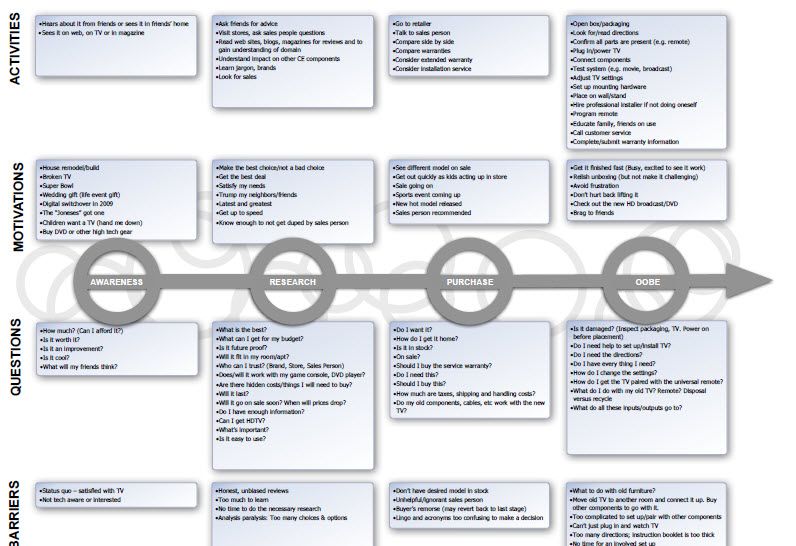 6 mm of residual tread depth, and for winter (or all-season tires used in winter) - 4 mm. Modern summer tires can travel from 40,000 to 70,000 km, depending on driving style and vehicle characteristics. An average motorist rolls such a mileage on summer tires in 2-3 seasons. Moreover, wear implies not only a decrease in tread depth. For millions of cycles of deformation, the strength of the carcass and its adhesion to the layers of the rubber compound are violated. In short, every 2-3 years you should buy a new set of tires. nine0003
6 mm of residual tread depth, and for winter (or all-season tires used in winter) - 4 mm. Modern summer tires can travel from 40,000 to 70,000 km, depending on driving style and vehicle characteristics. An average motorist rolls such a mileage on summer tires in 2-3 seasons. Moreover, wear implies not only a decrease in tread depth. For millions of cycles of deformation, the strength of the carcass and its adhesion to the layers of the rubber compound are violated. In short, every 2-3 years you should buy a new set of tires. nine0003
In case of irreparable damage to one of the tires and a relatively high total mileage of the kit, it is also worth considering replacing it. Well, or about buying at least a pair of new tires, which, for any type of drive, should be installed on the front axle. We put two tires back - the most decent of the remaining ones.
Many motorists drive only a few thousand kilometers a year. This does not mean that the tires will serve you for several decades. According to Russian requirements (GOST 4754-97), the service life of passenger car tires is 5 years from the date of manufacture. And for example, Continental recommends that all car tires (including the spare tire) older than 10 years old should be replaced with new ones. Therefore, with small runs, you can navigate for ten years. The date of manufacture of the tire is indicated on the sidewall. Usually it is an oval with four numbers. The first two are the ordinal number of the week in the year, the last two indicate the year.
This does not mean that the tires will serve you for several decades. According to Russian requirements (GOST 4754-97), the service life of passenger car tires is 5 years from the date of manufacture. And for example, Continental recommends that all car tires (including the spare tire) older than 10 years old should be replaced with new ones. Therefore, with small runs, you can navigate for ten years. The date of manufacture of the tire is indicated on the sidewall. Usually it is an oval with four numbers. The first two are the ordinal number of the week in the year, the last two indicate the year.
Related materials
How to change the car yourself - detailed instructions
Tires should be rotated periodically in accordance with the vehicle manufacturer's recommendations - information on this can be found in the owner's manual.
We can advise you to carefully use the tires and, most importantly, to store them correctly in the off-season. First of all, during storage, it is important to exclude direct sunlight from hitting the tires, which greatly age the rubber. Tires without rims should be placed vertically, and stacked on rims. nine0003
First of all, during storage, it is important to exclude direct sunlight from hitting the tires, which greatly age the rubber. Tires without rims should be placed vertically, and stacked on rims. nine0003
And before installing tires on a car at the beginning of the season, evaluate their condition. There should be no cracks in the tread and sidewalls. The tire should not be dry, it should remain rubbery and not look like baked plastic.
Related materials
Driving on badly worn tires - will I be fined or not?
Winter tires have a much shorter life span. They almost always fail due to the wear of the treadmill, because the tread of a new tire is 7–8 mm, and only 3–4 mm remain working height. If the tires are studded, then with such wear there are very few metal elements left, and the tire will not provide adequate safety when driving on a winter road. However, not only spikes, but also Velcro, with such a degree of wear, also lose most of their capabilities. nine0003
However, not only spikes, but also Velcro, with such a degree of wear, also lose most of their capabilities. nine0003
The real life of winter tires rarely exceeds 30,000 km. "Bald" winter tires without studs can be re-rolled in summer, but their grip on hot road surfaces will be very poor. This must be taken into account, especially when braking.
***
So: tires that have not yet worn out along the tread (that is, up to 1.6 mm tread depth for summer tires, 4 mm for winter tires) are changed either ten years after the date of issue, or when the rubber layer cracks tires or damage. nine0003
Our new video
The unique SUV of the USSR and its foreign analogues: what did it take from the Germans?
Argo and Atlant are hot new items from the Russian assembly
Does mud or snow interfere with recognizing license plates?
Did you like the note? Subscribe and you will always be in the know!
Driving in Zen
News smi2. ru
ru
A full-fledged change of seasons for motorists does not occur according to the calendar, but when the car is changed seasonally. After all, tires affect not only road grip, but also comfort, handling and even driving style, shaping the summer and winter driving style. Let's figure out when you need to change tires, and how to do it right.
The optimal time for a seasonal tire change differs from year to year due to weather quirks. And this is normal even for one city - what can we say about different regions, where ideas about winter and summer can differ significantly. Therefore, legislative initiatives on forced seasonal “changing of shoes” of cars in strictly defined months look rather strange: nature will still make adjustments. nine0003
Here, an analogy with public utilities is appropriate, who start and end the heating season not according to the calendar, but when a certain average daily air temperature is reached - that is, based on the objective readings of the thermometer. The same approach should be followed by motorists when choosing the time to change tires.
The same approach should be followed by motorists when choosing the time to change tires.
At what temperature should tires be changed? Manufacturers believe that +7 degrees Celsius is the optimal moment for seasonal “changing shoes”. At this point, the graphs of grip levels for winter and summer tires converge: at temperatures above +7°C, winter tires work inefficiently and wear out quickly. And at lower temperatures, the performance of already summer tires drops. nine0003
But this graph reflects the properties of some average tires. In reality, the composition of the rubber compound for different tires is significantly different. The same winter tires can be both soft "Scandinavian" (hardness 50-55 Shore units), and "Central European", with a hardness of 60-65 units. Obviously, their indicators are very different: the first ones will “float” even with a small plus, the second ones will work tolerably even at +10°C.
Read more: Which tires are best? Scandinavian, European, studded
The choice of temperature is also somewhat arbitrary. In a sharply continental climate, it can be +7 during the day, and -3 at night, and in the morning you will be met by a dangerous ice film on the road. Therefore, it is better to be guided by logic: switch to summer tires when there is no chance of encountering ice on the road. That is, if during the day the thermometer does not go into minus, and the long-term weather forecast does not promise a cold snap. And vice versa, put winter tires before the onset of "near zero" temperatures and the first frosts that threaten to turn puddles into ice. nine0003
In a sharply continental climate, it can be +7 during the day, and -3 at night, and in the morning you will be met by a dangerous ice film on the road. Therefore, it is better to be guided by logic: switch to summer tires when there is no chance of encountering ice on the road. That is, if during the day the thermometer does not go into minus, and the long-term weather forecast does not promise a cold snap. And vice versa, put winter tires before the onset of "near zero" temperatures and the first frosts that threaten to turn puddles into ice. nine0003
But still, it is the temperature, and not the presence of precipitation, that is the key signal to change tires. For example, at -5°C, summer tires are ineffective even on absolutely dry pavement. And when the temperature rises from +4 to +11°C (just in the region of "transitional" +7°C), the braking distance on winter tires increases by half a meter at once. With a further increase in temperature, winter tires are losing on braking to summer tires for several car bodies. Therefore, driving on winter tires in summer is very fraught.
Therefore, driving on winter tires in summer is very fraught.
Read more: To inform or change shoes? Do I need to change winter tires for summer tires in summer
If you have bought a new set of tires, you can immediately start installing it. But old tires that have been waiting in the wings for six months require certain checks.
First of all, make sure the tires are still serviceable. According to the Rules of the Road, the minimum allowable tread depth for passenger car tires is 1.6 mm (summer tires) and 4 mm (winter tires). With a smaller balance, you can no longer ride on tires. nine0003
You can measure the remaining tread with a special tool - a caliper. There are also special wheel tread depth gauges, including digital ones.
Another important traffic law requirement for tires: they must be the same (at least on each of the axles). Modern cars equipped with a lot of smart electronics - ABS, directional stability and braking force increase systems - are even sensitive to uneven tire wear, not to mention different sizes or tread patterns. But the dangerous experiments of drivers with the so-called mixed fleet (sets assembled from different tire models) are already a thing of the past. nine0003
But the dangerous experiments of drivers with the so-called mixed fleet (sets assembled from different tire models) are already a thing of the past. nine0003
Also, before installation, you need to visually assess the condition of the tires. When stored for a long time, especially in unsuitable conditions (for example, at high humidity, which is not uncommon in private garages), the rubber may deform, crack or dry out. It is impossible to install tires with such defects: at high speed, any crack in the rubber becomes extremely dangerous and threatens to explode the tire.
By the way, for seasonal storage of tires, you can use the “tire hotel Hyperauto”, where the correct temperature and humidity are constantly maintained. Hyperauto specialists bear full financial responsibility for the tires, and on the day you have appointed, they themselves bring the wheels for tire fitting, which is very convenient. nine0003
In addition to the tread depth and the absence of external defects, before installing the tires, you need to check their uniform wear (the tire should not be “eaten” from one side), as well as age.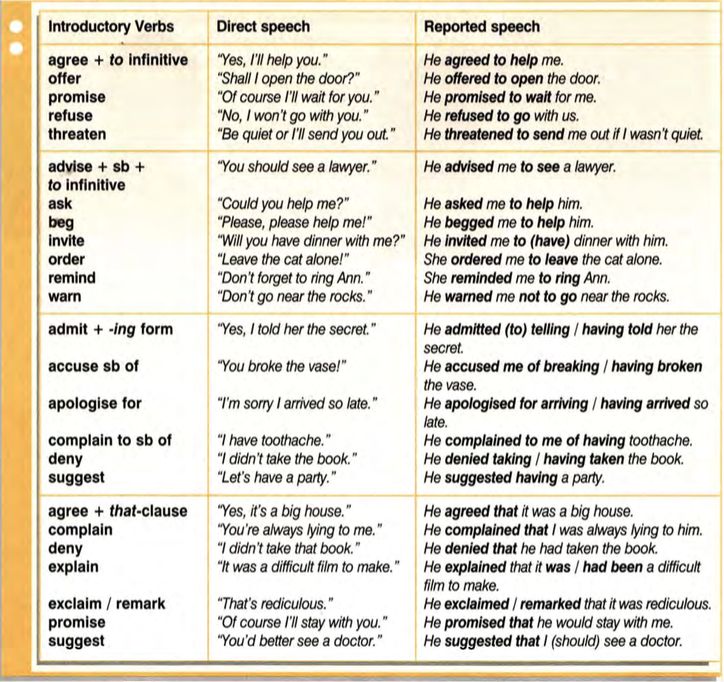 Natural rubber, from which rubber is made, retains its properties for 5 years from the date of manufacture of the tire. The aging of rubber greatly affects the effectiveness of traction, so it’s not worth driving on old, even if not worn, tires.
Natural rubber, from which rubber is made, retains its properties for 5 years from the date of manufacture of the tire. The aging of rubber greatly affects the effectiveness of traction, so it’s not worth driving on old, even if not worn, tires.
When changing tires, do not forget about their periodic rotation - rearrangement, the diagram of which can be found in the instructions for the car. Rearranging the wheels ensures uniform wear, which prolongs the life of the entire set. Standard tire rotation schemes are presented below, but it is better to check the instructions for your particular machine. It is recommended to change tires every 10,000 km. nine0003
On rear- and all-wheel drive vehicles, the front tires are moved to the rear axle diagonally (diagram A), or they are changed in a cross pattern (B). On machines with front-wheel drive, the situation is reversed: the rear tires are moved diagonally forward (Diagram C).
Tires with a directional tread pattern cannot be turned without overbeading. To rotate them without removing them from the disks, the front wheels are simply swapped with the rear wheels on each side of the car (Diagram D).
To rotate them without removing them from the disks, the front wheels are simply swapped with the rear wheels on each side of the car (Diagram D).
If the car is equipped with a full-size spare tire, not a spare tire, and you bought a set of five new tires, be sure to include the "spare" in the rotation (diagrams E and F), changing the wheels every 10,000 km. This will allow you to use the kit longer and easily replace any of the main ones with a spare wheel in case of damage - their wear will be the same. Thanks to this scheme, buying five tires in the end turns out to be more profitable than four, due to longer operation. nine0003
To maintain rotation, mark old tires with a colored marker before they are removed from the machine; if you forget about it, then it will be difficult to figure out where which tire was.
In the event that a replacement set of wheels is put on individual discs, check the pressure in them before installing them on the machine. If the tire deflated during storage, look for the reason - the air does not just leave. Under the weight of the car, the air leakage will only intensify, and the next morning after "changing shoes" you will have a flat tire waiting for you if you do not fix it in advance. nine0003
If the tire deflated during storage, look for the reason - the air does not just leave. Under the weight of the car, the air leakage will only intensify, and the next morning after "changing shoes" you will have a flat tire waiting for you if you do not fix it in advance. nine0003
Do not forget that the pressure in tires of different sizes may differ - do not inflate the old one, getting used to it in six months. Look for recommended pressures for different tire sizes on a sticker in the doorway.
Read more: Tire pressure. How and why to measure it
Do not forget about the importance of wheel balancing: it ensures uniform rotation, the absence of vibrations on the steering wheel and body, and also saves the life of wheel bearings. Balancing is needed for each wheel of the car, including the spare one, in case of emergency installation on the road, as well as for planned tire rotation. nine0003
Even if you use two sets of wheels on different rims, check the balance of each set before installing.